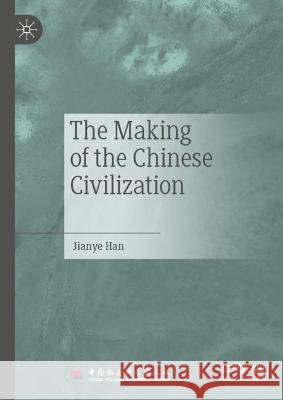topmenu
Wyniki wyszukiwania:
wyszukanych pozycji: 2
 |
The Making of the Chinese Civilization
ISBN: 9789819942152 / Angielski / Miękka / 2025 / 489 str. Termin realizacji zamówienia: ok. 22 dni roboczych (Dostawa w 2026 r.) This book involves collection of papers primarily focused on the origin and development of Chinese civilization in the concept of archaeological context from the 6000 BCE to 1300 BCE through archaeological cultural perspectives. It systematically illustrates the prehistoric cultural history of China at the period from Neolithic to the early Bronze Age during 20000-1300 BCE, composing not only the proper region around the Central Plain but also the margin areas mainly in the west, and examines the cultural relationship and exchanges nationally and internationally through thousand years of...
This book involves collection of papers primarily focused on the origin and development of Chinese civilization in the concept of archaeological conte...
|
cena:
603,81 |
 |
The Making of the Chinese Civilization
ISBN: 9789819942121 / Angielski Termin realizacji zamówienia: ok. 22 dni roboczych (Dostawa w 2026 r.) |
cena:
603,81 |










